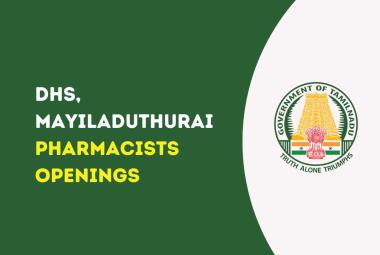The International Diabetes Federation (IDF) estimates that there are 72.9 million
people with diabetes in India in 2017, which is projected to rise to 134.3 million by the
year 2045. The prevalence of diabetes in urban India, especially in large metropolitan
cities has increased from 2% in the 1970s to over 20% at present and the rural areas
are also fast catching up.
[adsense:336x280:8701650588]
Diabetes mellitus is a syndrome of multiple etiologies characterized by chronic hyperglycaemia with disturbances of carbohydrate, fat and protein metabolism
resulting from defects in insulin secretion, insulin action or both.
There is an urgent need for strategies to prevent or at least slow down the emerging
epidemic of diabetes apart from treating diabetes and associated complications.
Type 2 diabetes is a metabolic-cum-vascular syndrome characterised by predominant insulin resistance with varying degrees of insulin secretory defect. The Council observes that the disease, though more common in overweight and obese individuals of middle to late age, is increasingly being seen in younger age groups and in those with lower BMI as well. The Asian Indian phenotype (AIP), a peculiar constellation of abnormalities, predisposes South Asians to the development of insulin resistance. At any body mass index (BMI) and age, Asian Indians have higher body and visceral fat, waist circumference, lower skeletal muscle mass, thinner hips, short legs and profoundly higher rates of insulin resistance, metabolic syndrome and diabetes.
Stakeholders can send comments and suggestions on the draft to the council until May 18, 2018.
The guidelines underscore the importance of timely screening as Type 2 diabetes occurs at least a decade earlier in Indians compared to other major ethnic groups.
Screening of asymptomatic individuals allows diagnosis of diabetes and prediabetes to be made at an earlier stage and provides an opportunity for screening of cardiovascular disease risk factors. Screening should be performed in all individuals above 30 years of age. It should be carried out at an earlier age in adults who have family history of diabetes and are overweight or obese. Screening can be done by fasting plasma glucose, an oral glucose tolerance test using 75gm glucose or random plasma glucose. Glycosylated haemoglobin (HbA1c) is also recommended.
Children and adolescents aged 18 years and below should be screened for diabetes if they are overweight and have risk factors such as family history in first degree relatives, signs of insulin resistance, hypertension or dyslipidaemia. Urine glucose monitoring is recommended for estimation of ketones if blood glucose is greater than 400 mg/dl.
Regarding physical activity, the recommendation is about 150 minutes of aerobic activity or its equivalent per week along with some resistance training at least twice a week and flexibility exercises. People with diabetes need an extra quick acting carbohydrate snack before the exercise and during the exercise, if the activity period extends the daily-recommended routine.
When glycemic control is not achieved with the maximum tolerable dose of a single oral agent or combination of oral drugs, the guidelines support a combination of oral drugs and insulin to achieve blood sugar control.
The Council has also noted that indigenous drugs from other systems of medicine such as Ayurveda, Homoeopathy and Unani do have blood glucose lowering effects. “Their exact mechanism of action is still not clear. There is a common belief that all herbal drugs are safe and non-toxic which is not necessarily true. In view of the widespread use of these indigenous medicines, physicians should be aware of the herb-drug interactions,” the guidelines pointed out.







